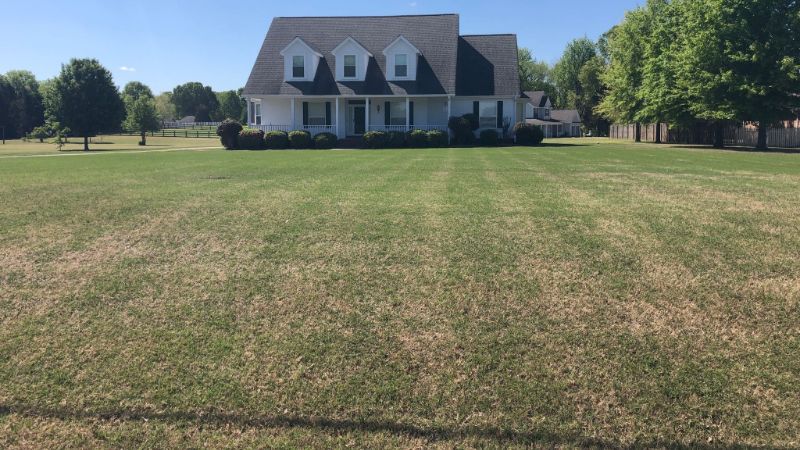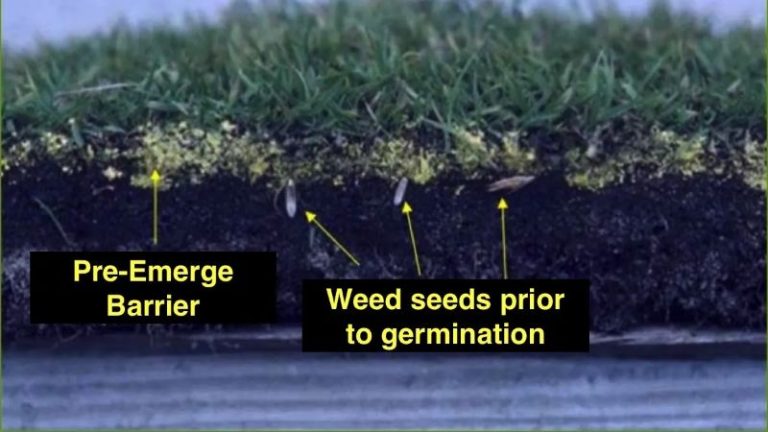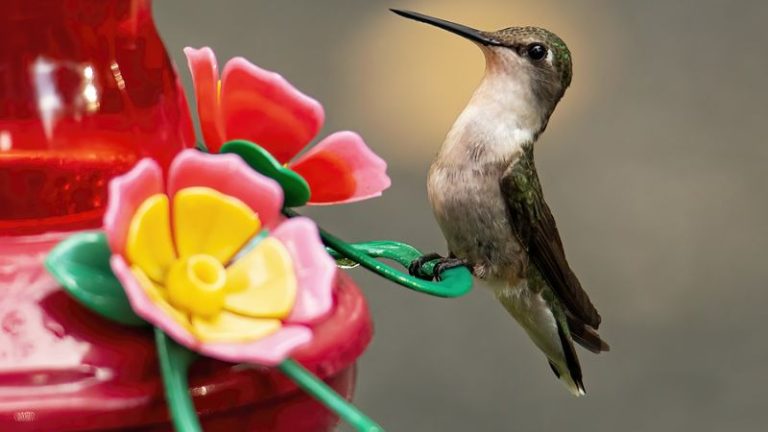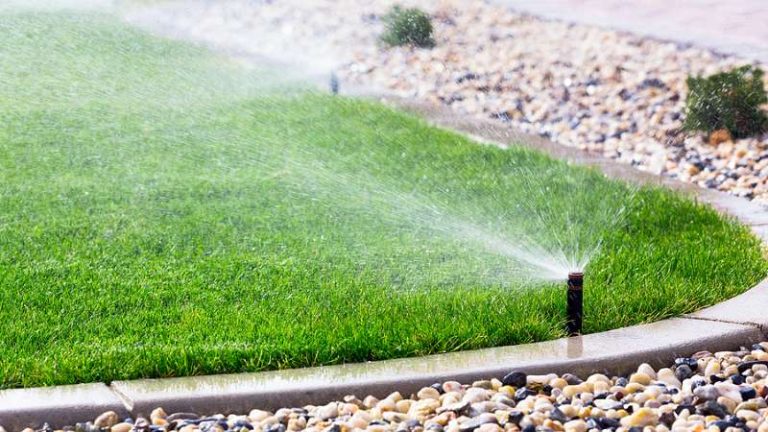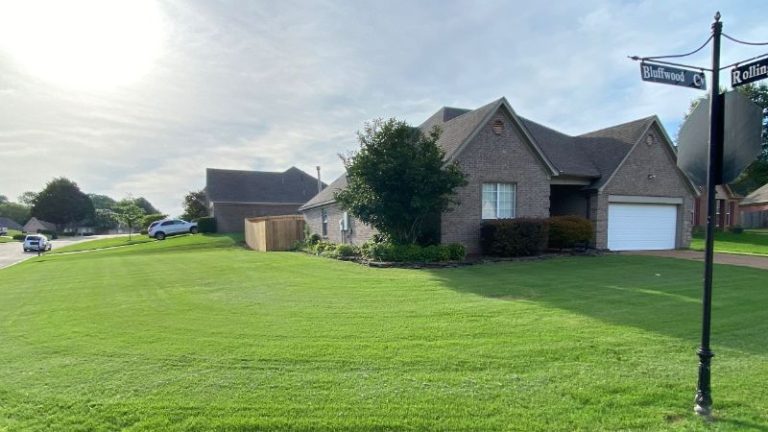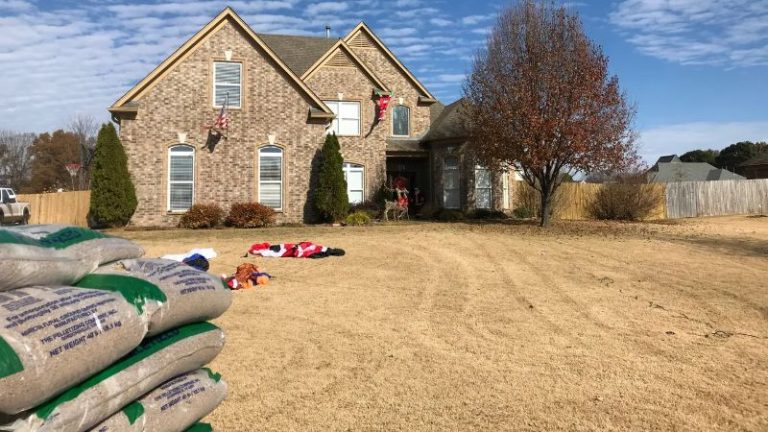Drought Stress and Damage
Hot, dry, summers are upon us again! This can cause significant drought stress and damage to your lawn. Once the weather cools down and the rain returns, your lawn should bounce back, right? Not quite. While the drought stress may disappear, the damage will linger.
So, What’s the Difference?
Drought Stress occurs when warm-season grasses, such as Bermuda and Zoysia, are actively growing but the amount of rainfall/irrigation is falling short of what the plant needs. The grass then enters a drought-induced dormancy to protect itself. Signs of drought stress include grass thinning and losing color. Drought Damage is simply the long-term effect of drought stress. Excessive heat and drought interrupt the grasses’ natural process, depriving the grass of food. The result is a thinner lawn, and turf that is slower to green up in the spring.
What Can You Do?
3 ways to protect your lawn and help it recover from drought stress and drought damage:
- Water your lawn properly. Water deeply three times per week minimum, for an hour in the late evening. This is the most important thing you can do to prevent your lawn from incurring drought stress.
- Proper mowing. Never remove more than 1/3 of the grass blade in any one mowing, and stop mowing if your grass has become dormant due to drought stress.
- Do not neglect fertilization. Your lawn will need proper nutrient levels to recover. Our weed control and fertilization program include a lime application to correct the nutrient levels in your soil and provide the nutrients for a proper soil pH balance.
If you are seeing ANY signs of drought stress or drought damage on your lawn, or are unsure, give us a call at 901-494-9088. We can provide your lawn with the nutrients it needs to recover and ensure your lawn is healthy and green.

